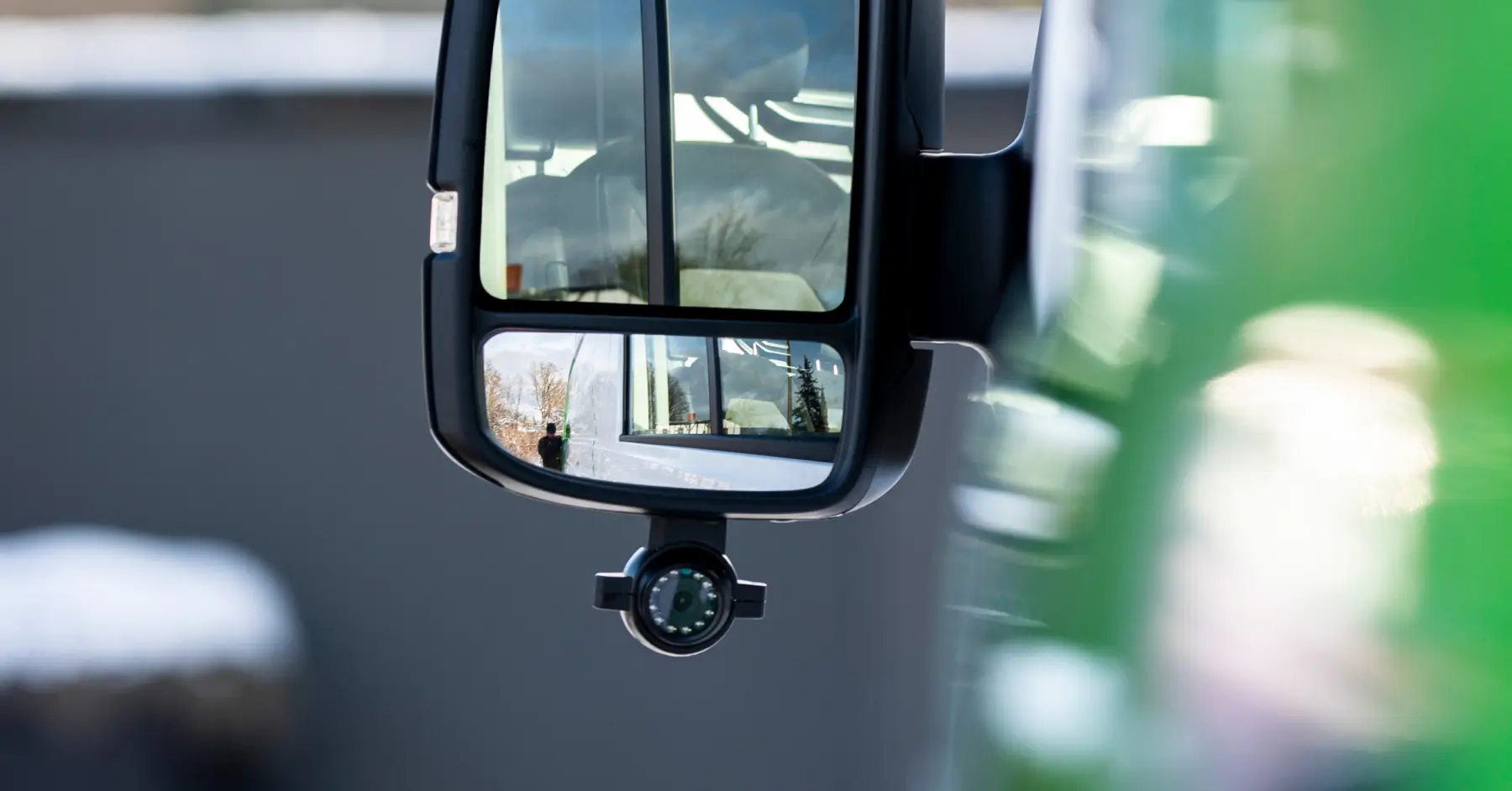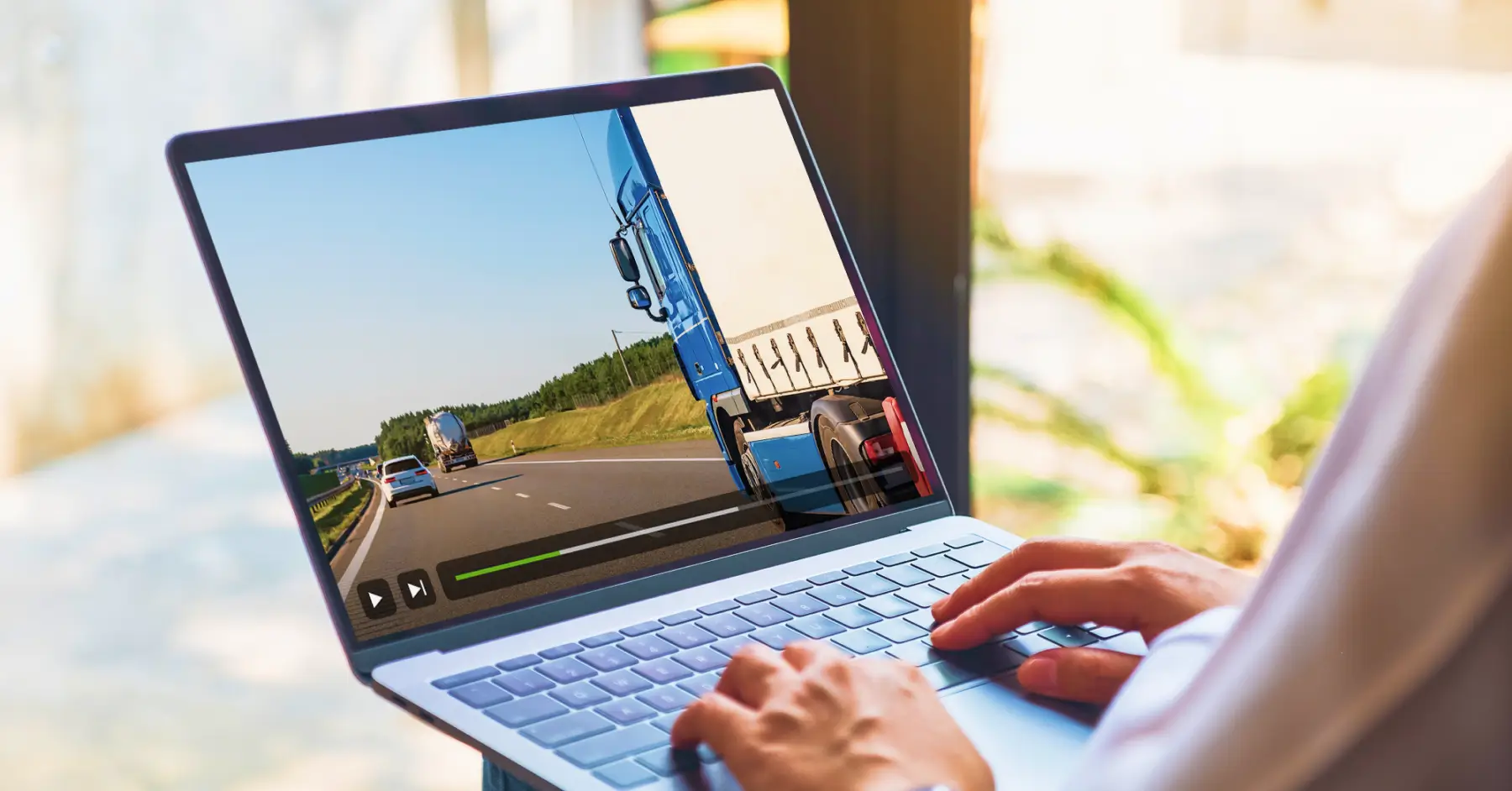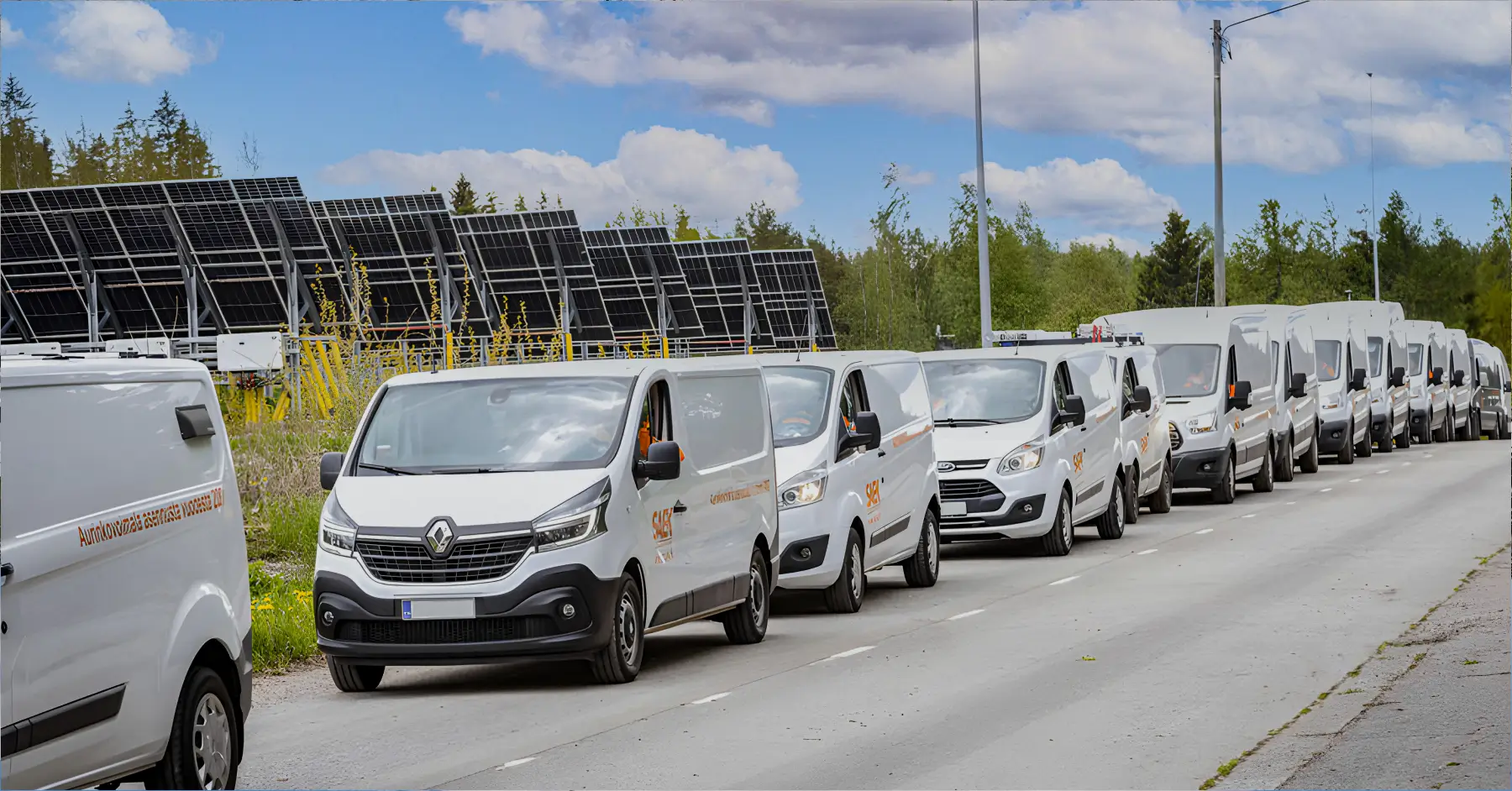Since the creation of low energy Bluetooth (BLE), the tech industry has become increasingly creative in terms of BLE asset tracking applications. From tracking small assets such as keys, luggage, power tools and lawn mowers, to improved retail experiences, home automation systems, tracking pets and quality indoor navigation for businesses.
BLE asset tracking is a wireless solution that combines location accuracy, effective battery usage and overall cost-effectiveness. Bluetooth low energy trackers are typically used for short-range data transmission and are ideal for positioning and asset tracking. In this article we’ll head into the most essential considerations, giving you a better idea about BLE location tracking technology and its place in your business!
(1) Bluetooth tracking: BLE beacons and BLE tags
BLE trackers, i.e. beacons and tags, have several advantages over traditional GPS-based asset trackers, as long as you find a suitable use for them.
Although similar in functionality and, therefore, often referred to as one and the same, you’ll do well to know the BLE beacons and BLE tags have different applications, especially if you’re entertaining the idea of introducing them into your business.
Simply put – BLE beacons are ideal for stationary assets and are excellent for indoor tracking, while BLE tags are best for tracking smaller movable assets that don’t require constant location pinpointing.
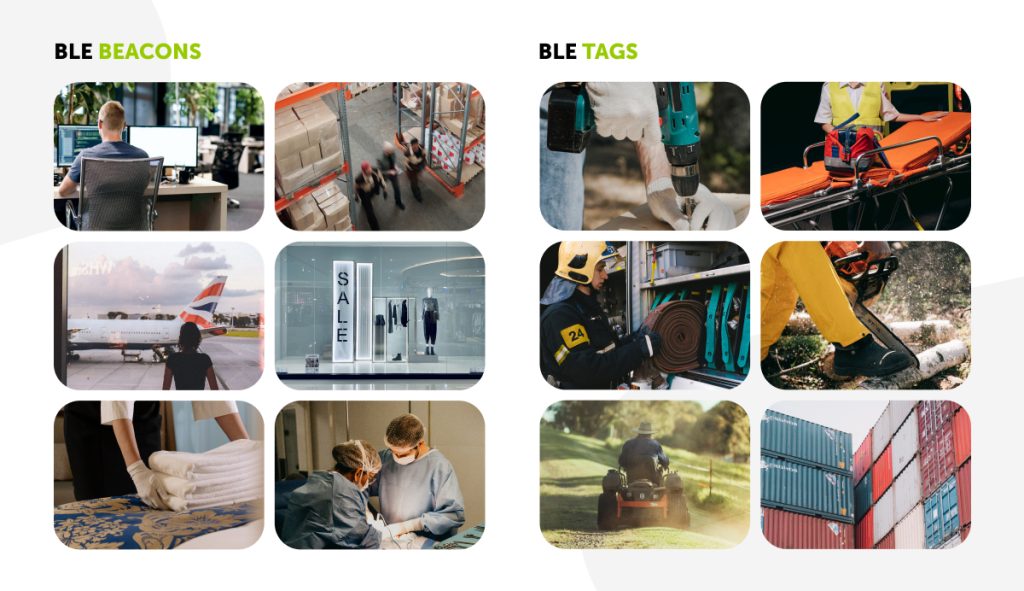
Example use cases for BLE beacons and BLE tags
Stick with us, as we look more into the differences and potential use cases!
ℹ️ If you’re not entirely sure how the technology works, make sure to take a peek at the FAQ section at the bottom!
(1.1) BLE beacons are for stationary assets
BLE asset tracking devices work by transmitting outbound signals that are subsequently received by another device. It can be a mobile phone carrying an app, a telemetry device or even a BLE beacon that’s built as a receiver. You can often find people comparing BLE beacons with lighthouses, as they, too, provide sailors with a signal informing them that they’re near the coast.
How do beacons work?
Beacons are both figuratively and literally passive elements. They are made to be permanently mounted to a specifically located stationary surface and don’t emit any information, but their ID, which is why they’re most commonly used for indoor navigation.
It’s no surprise that the GPS signal tends to get weaker when you enter a building. And the bigger the building or, alternatively, the deeper in the basement you go, the less, if any, signal is available to you. The reality is that location monitoring nowadays is also necessary indoors, as it helps larger warehouses, operation centres and even airports function more efficiently. That’s where BLE beacons come in.
For the best possible result, you’d set multiple beacons around the space in a way that would provide the most coverage. In practice, these beacons work well off each other and each signal that’s registered would show real-time positioning within a building.

Because beacons are meant to be set on stationary assets, they are generally built to be less durable and more inconspicuous than tags, as you wouldn’t necessarily want them to attract attention.
Use case examples for BLE beacons
- Real-time tracking of security guards as they complete checkpoints throughout a facility.
- Monitoring of cleaners and sanitary staff in large and high-trafficked facilities like airports or shopping malls.
- Automated check-ins of vehicles returning to base, after a day on the road.
- Vending machines. While you wouldn’t consider these assets as immovable per se, they will most likely stay in a specific destination for a while. Keep track of how long the item has been on location, if it’s still there and whether the maintenance team has paid a visit.
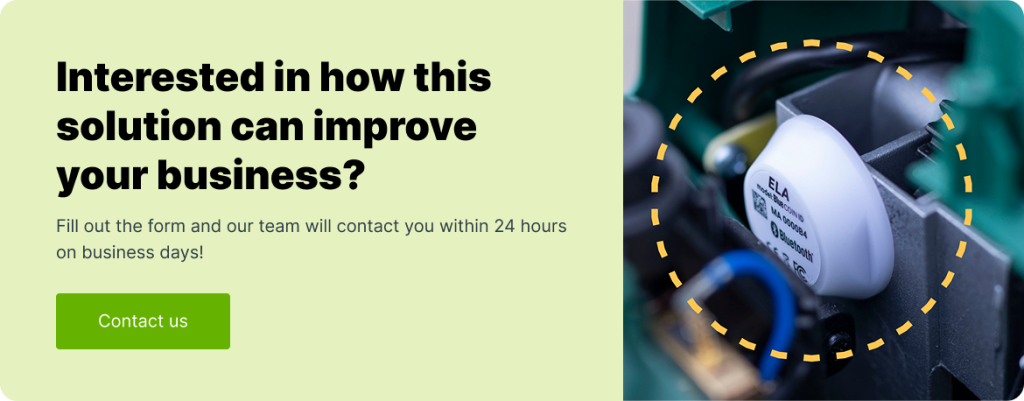
(1.2) BLE tags for movable asset tracking
Similarly to beacons, BLE tags are devices that continuously emit unique signals that can be picked up by Bluetooth-enabled devices. But to get any type of information from there, you still need either an app, if it’s a mobile device or a platform connection from a telemetry device that can interpret the signal. An active internet connection here is a must!
How do BLE tags work?
Tags are used for active or movable assets. Therefore they’re straight-up built to be more durable and noticeable, they can detect temperature and humidity, and they usually carry more information, such as a name or characteristics of an item.
And while similar to beacons in functionality, tags provide different applicability. The information you’re gathering is not that someone has entered a particular range, but rather that the BLE asset tracking device is within range of a receiving device. Consequently, the main difference here is the conclusion – identifying an asset’s location instead of your own.
Remember – a receiver can be any device within the network, and not just you scouring the parking lot with your phone looking for your keys.
Use case examples for BLE tags
- Construction equipment. Construction projects take time and many tools tend to accumulate on-site in the process. Sometimes there are multiple projects on five different sites and tools need to be transferred from one place to another. BLE tags can help trace the tools to their location and make sure all are accounted for.
- Agriculture. Crop fields need care and attention. Nowadays there are many tools, machinery and add-ons that help dig, cultivate, spray, cut, process or, in other words, take care of the fields. Likewise, many of them can be misplaced in this crop jungle. BLE tags offer a quick solution, as they can let you know the last user and location.
- Emergency services. From defibrillators and gurneys to axes, fire hoses, stairs, and more, paramedics and fire department crews have a lot of tools and equipment they use on a daily basis, which can be left behind in a haste to save someone’s life. At the end of the day, however, each item can be easily traced with tags that have long battery life and little, if any, maintenance.
At the end of the day, compared to traditional GPS tracking units, low energy Bluetooth tags are much smaller and very easy to use. In most cases, all you need to do is stick it to an asset, make sure you’re equipped with a receiver and you’re good to go. No specific skills or qualified technicians necessary!
(2) BLE asset tracking with Mapon
The Mapon fleet management platform provides different types of asset tracking solutions, including BLE trackers. The signals from a BLE device are picked up by a nearby telemetry device, and the information is further delivered to the Mapon platform where it is shown to the users. Additionally, managers can also receive notifications and view detailed BLE device information via the Mapon mobile app for fleet managers.
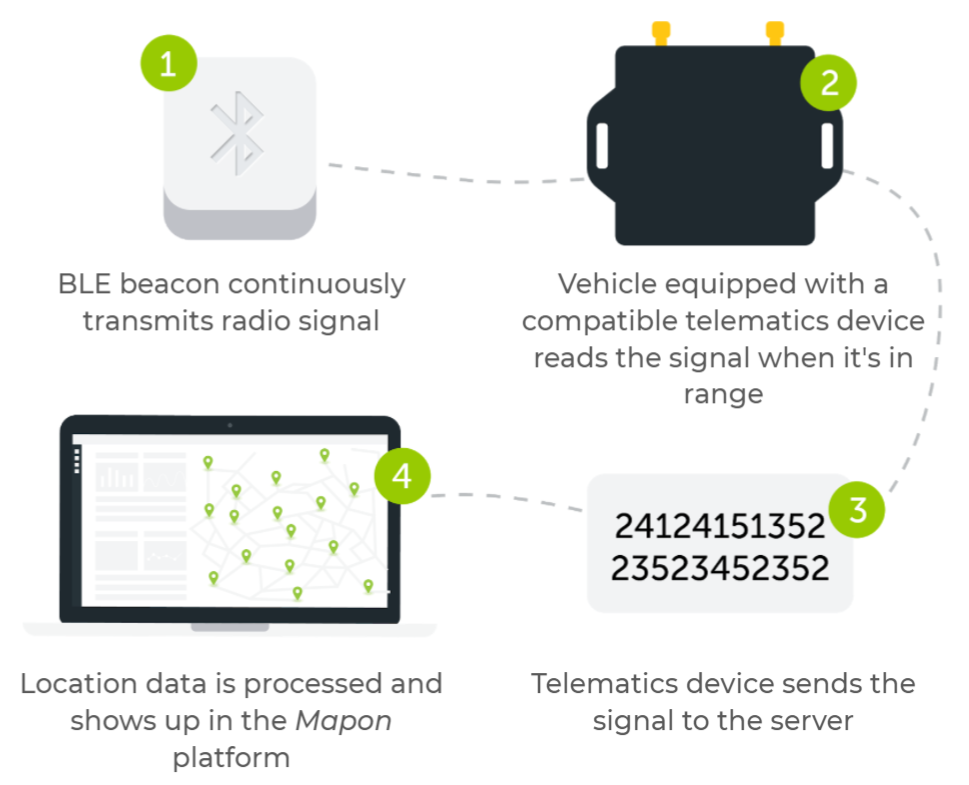
The accuracy of the BLE tracker tag location as shown in the Mapon PRO platform will primarily depend on its frequency, sensitivity and range. As soon as a telemetry device enters the range of the respective BLE tag, a location will be pinpointed.
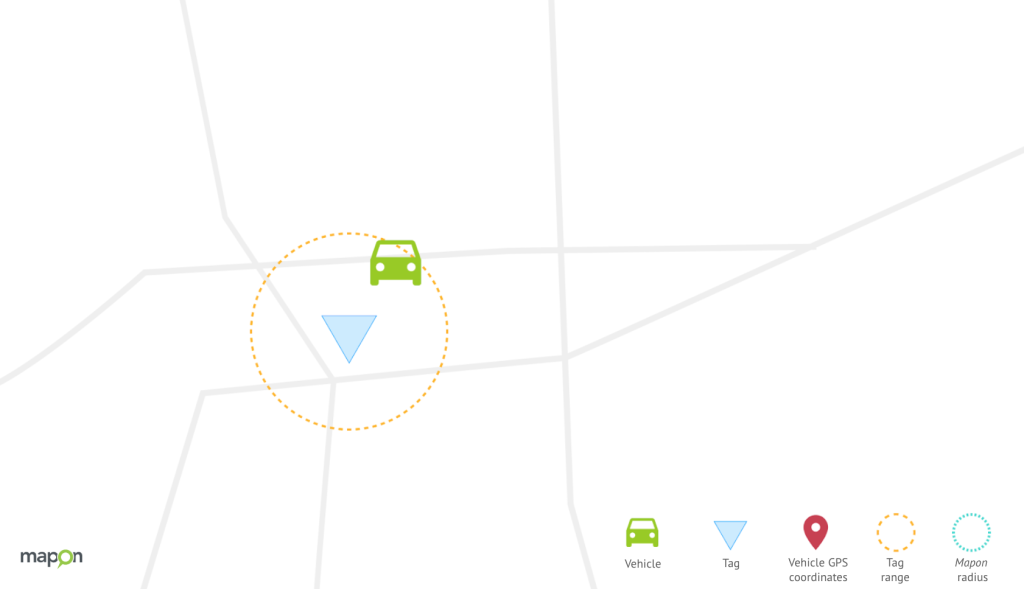
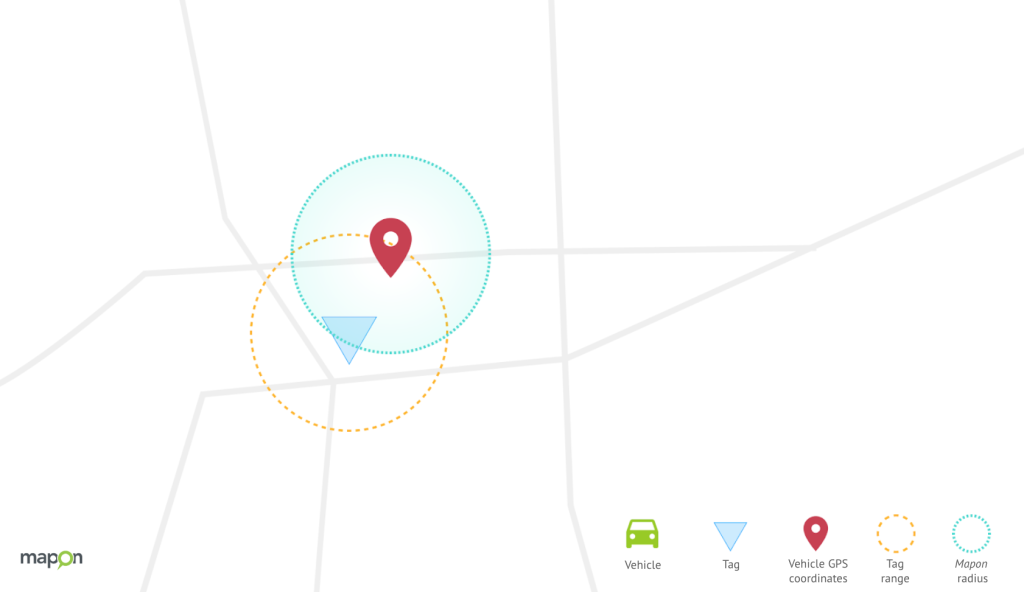
The solution offers an easy, straightforward set-up, user-friendly overview and management capabilities, as well as a report that will sum up all the most essential information throughout the selected period.

A report showing the signal pick-up history of BLE beacons in the Mapon platform
And there you have it! If you want to find out more about Bluetooth low energy tracker solutions and possibilities within Mapon, make sure to schedule a meeting with our experts at your earliest convenience!
Interested in Mapon, but not sure where to start? All you need to know is in our easy-to-read intro guide!
FAQ
How do BLE devices operate?
What are BLE protocols?
How long does a BLE beacon battery last?


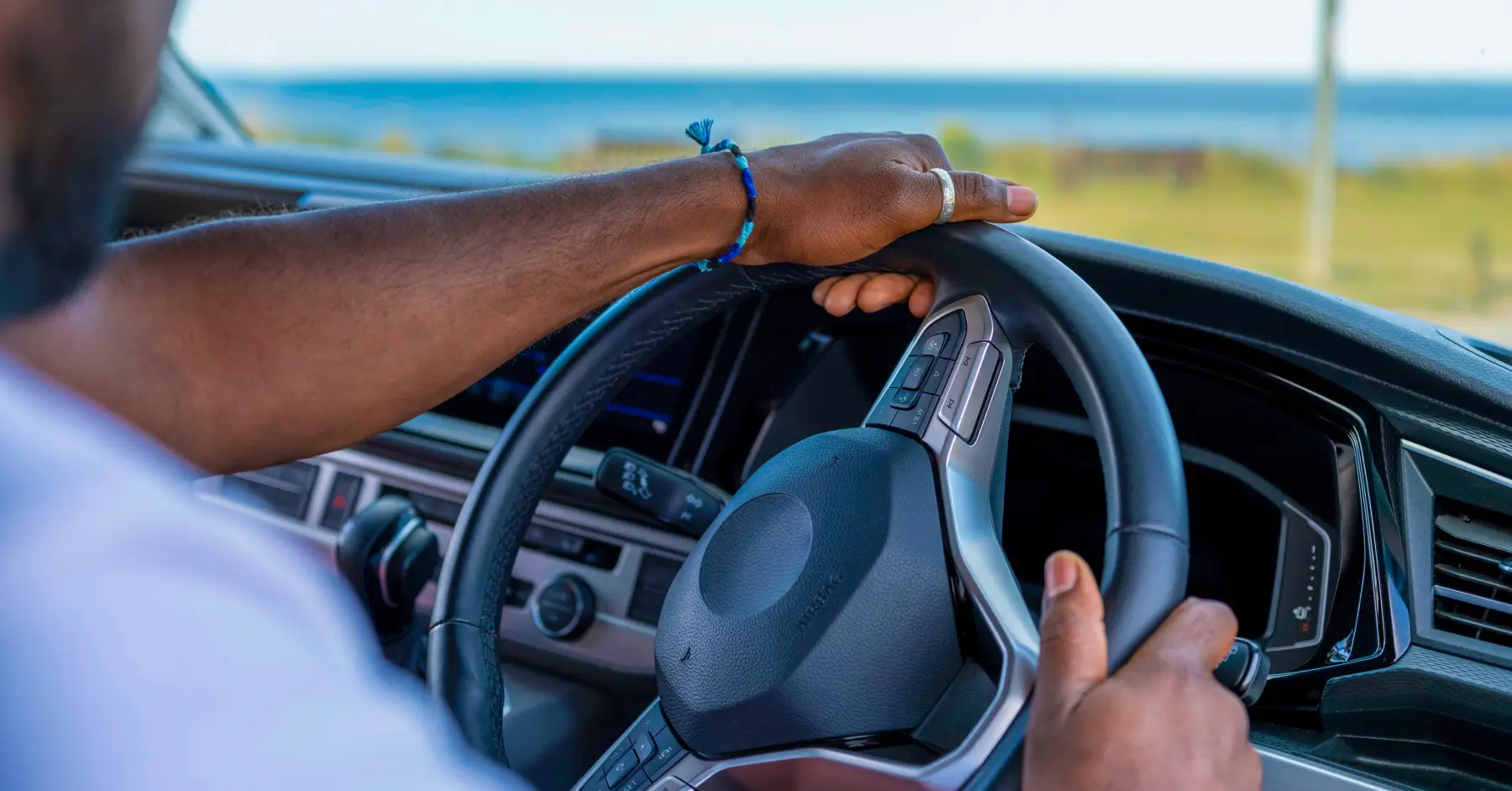



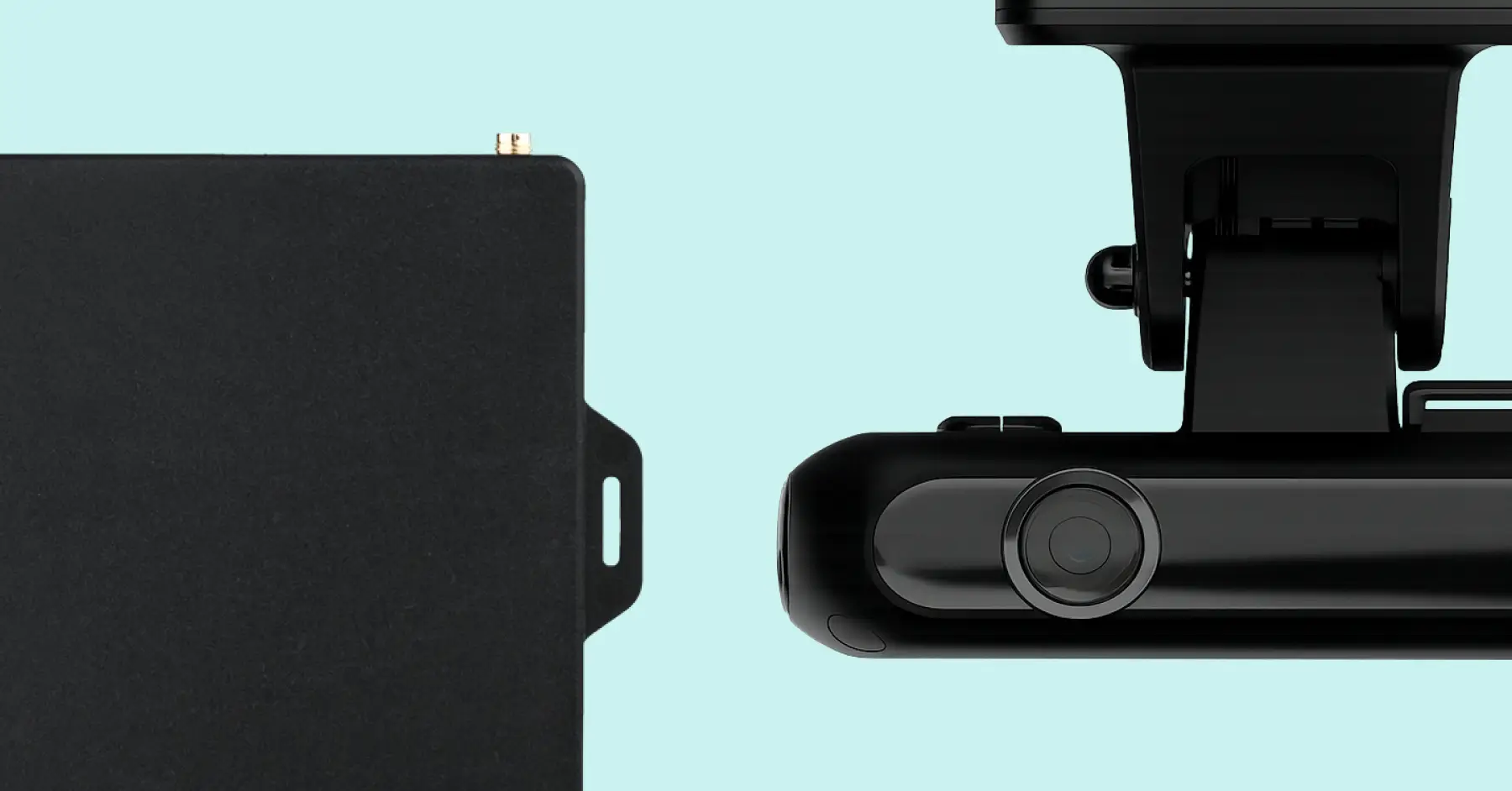


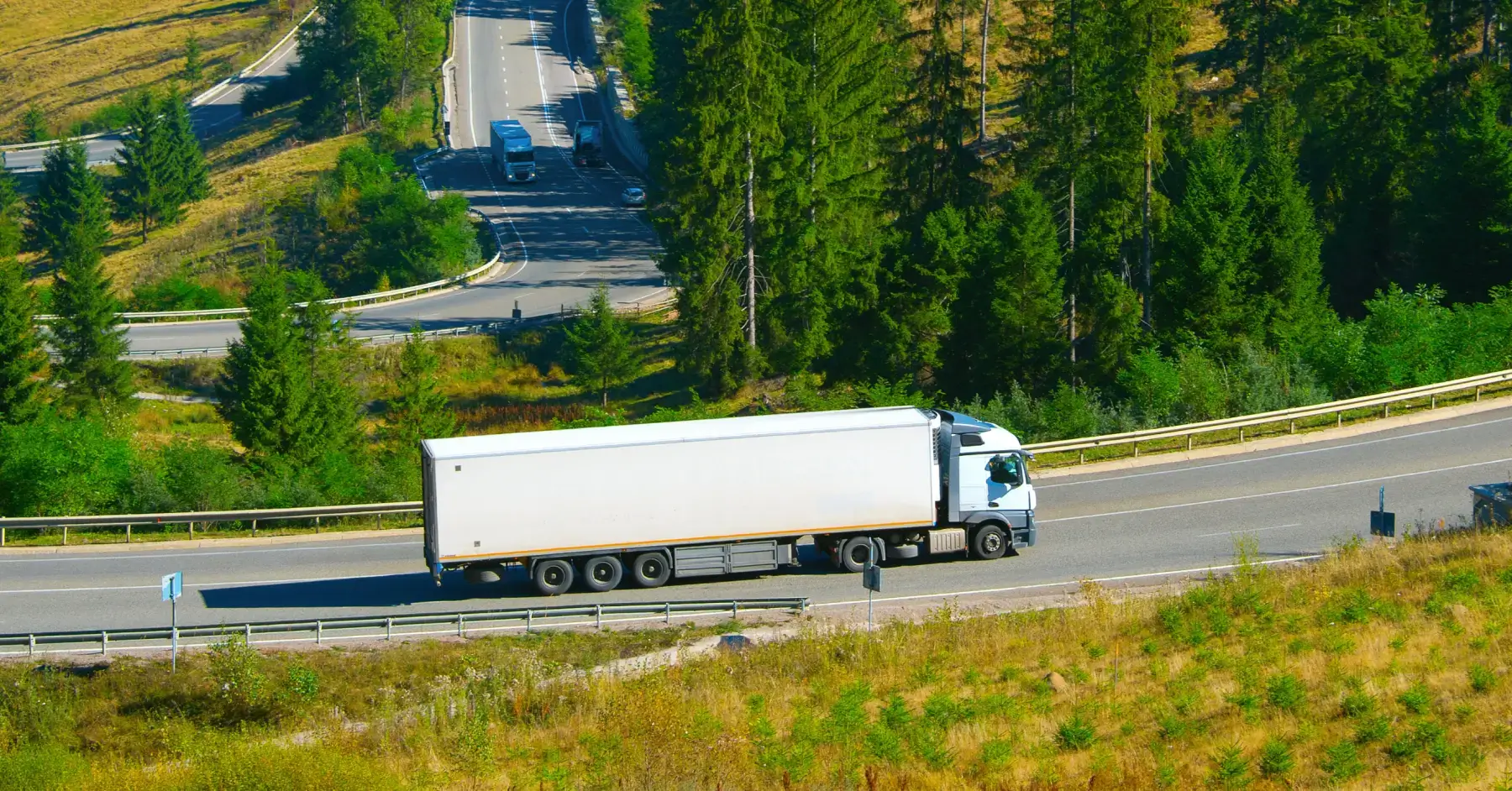




 Back to all posts
Back to all posts

